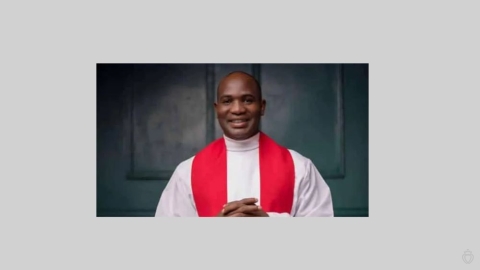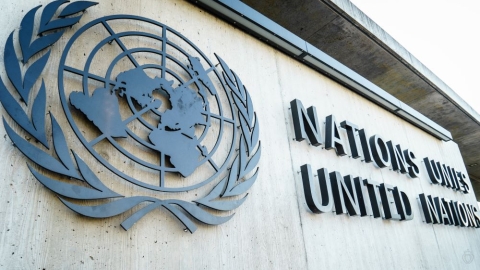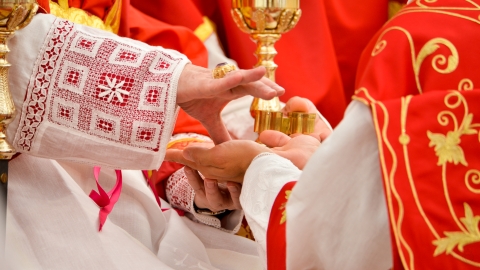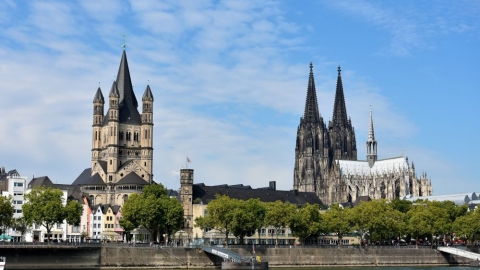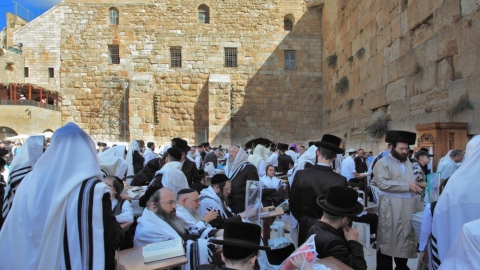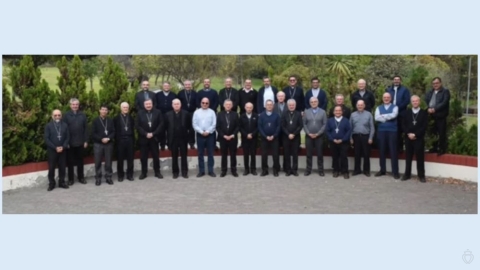Congregation for the Clergy: Time to Refocus
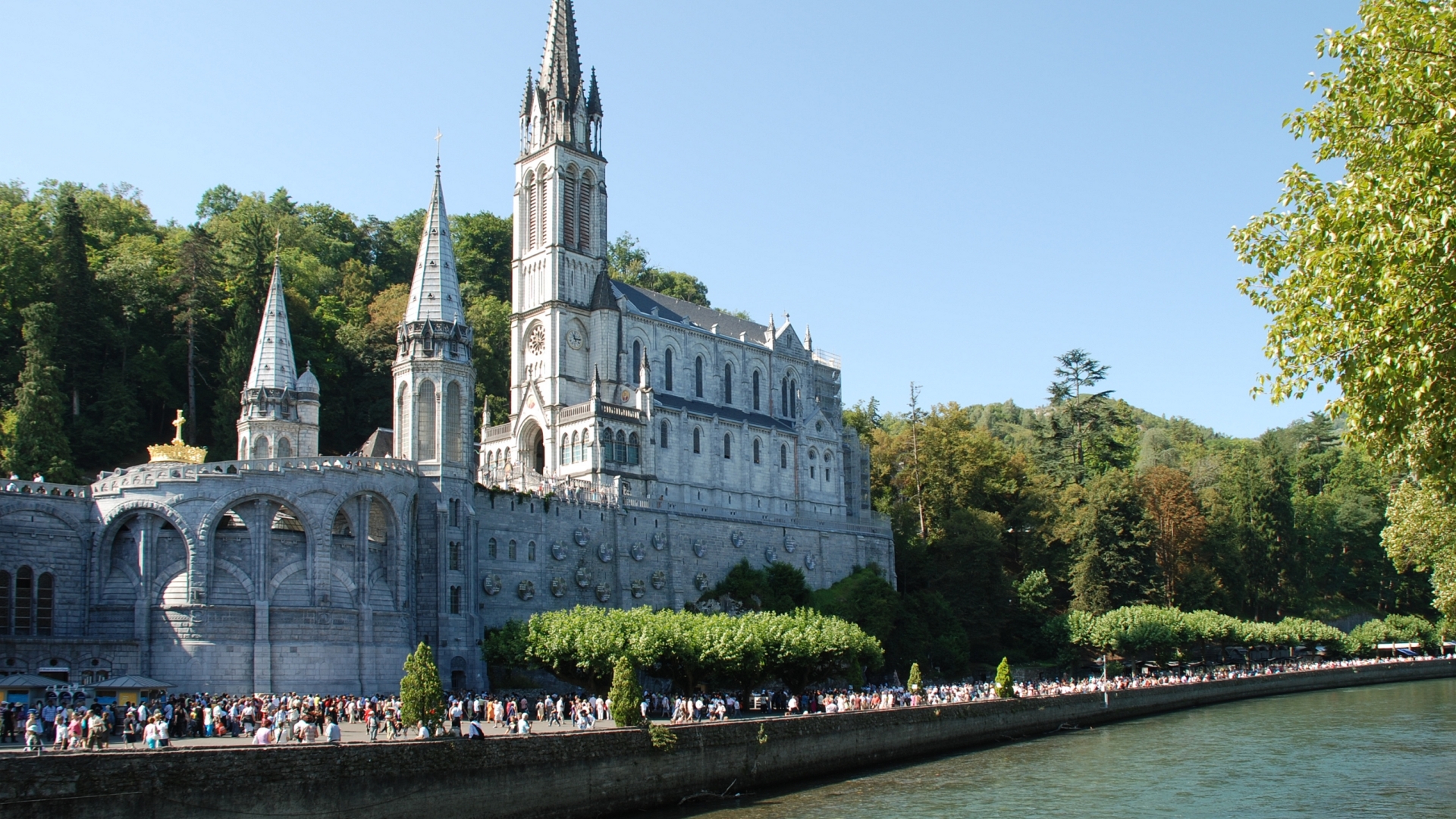
The sanctuary of Lourdes, France.
The great sanctuaries will no longer be under the Congregation for the Clergy, but under the Pontifical Council for Promoting the New Evangelization. Pope Francis is thus realizing an important transfer of competency that it is worth taking the time to analyze.
In the very beginning of April, the Holy See published the Motu Proprio Sanctuarium in Ecclesia, signed on February 11, on the feast of the apparitions of Our Lady in Lourdes. With this document, the Holy Father made the Pontifical Council for Promoting the New Evangelization responsible for international sanctuaries. This new dicastery was founded by Benedict XVI in 2013, and it is currently presided over by Archbishop Rino Fisichella: he is thus entrusted with some of the most popular pilgrimage sites: Lourdes, Fatima, Czestochowa, Pompei, Loretto, Padoua and San Giovanni Rotondo.
Archbishop Fisichella, when questioned by Vatican Radio, said he saw in this decision another step in the reform of the Roman Curia undertaken by the pope at the beginning of his pontificate. This transfer of competence is justified, according to the prelate, by the fact that among the millions of people who visit these international sanctuaries every year, many are not believers: we have to “use the beauty (of these places) that remains a privileged means to proclaim Christ,” insisted Archbishop Fisichella.
The Congregation for the Clergy has thus lost another one of its charges, and it is not the least of them. But let’s take a step back: Pope Pius IV founded the Sacred Congregation of Cardinals for the Application and Implementation of the Council of Trent – or more simply, the Congregation of the Council – on August 2, 1564, with the Apostolic Constitution Alias Nos.
Gregory XII extended its functions and Sixtus V entrusted it with revising the acts of the provincial councils, its task being to promote the realization of the reforms willed by the Council of Trent. This was the peak for the Congregation that over the centuries saw its charges disappear, transferred little by little to other dicasteries of the Roman Curia. It kept its name of Sacred Congregation of the Council until December 31, 1967, when Pope Pius VI gave it its present name of Congregation for the Clergy.
With the Apostolic Constitution Pastor Bonus on June 29, 1988, Pope John Paul II reduced the powers of the Congregation to formulate norms for the ministry and life of secular priests. It also exercised – at least at the time – Rome’s vigilance on catechisms and the temporal goods of the Church.
With the Motu Proprio Fides per Doctrinam on January 16, 2013, Pope Benedict XVI withdrew the charge of the catechisms from the Congregation for the Clergy and transferred it to the Pontifical Council for Promoting the New Evangelisation.
Pope Francis accentuated a reform that aimed to focus the Congregation more on the permanent formation of a clergy that is often presented as insufficiently prepared for the great human and religious challenges of the 21st century. Not to mention the question of the abuse of minors that makes it important to put more of an emphasis on the preventive aspect and on discerning vocations during seminary formation.
In this context, on December 8, 2016, the solemnity of the Immaculate Conception, the Congregation for the Clergy promulgated a new, 93-page Ratio Fundamentalis Institutionis Sacerdotalis – a new document for the formation of future priests, whose goal is to form ministers who are “clear-sighted in discerning” but also “serene and stable”. A program that testifies to the will of the Church not to let itself be boxed up in the “dialectics of suspicion”.
Sources: Vatican Radio / La Croix / FSSPX.Actualités - 04/21/17
